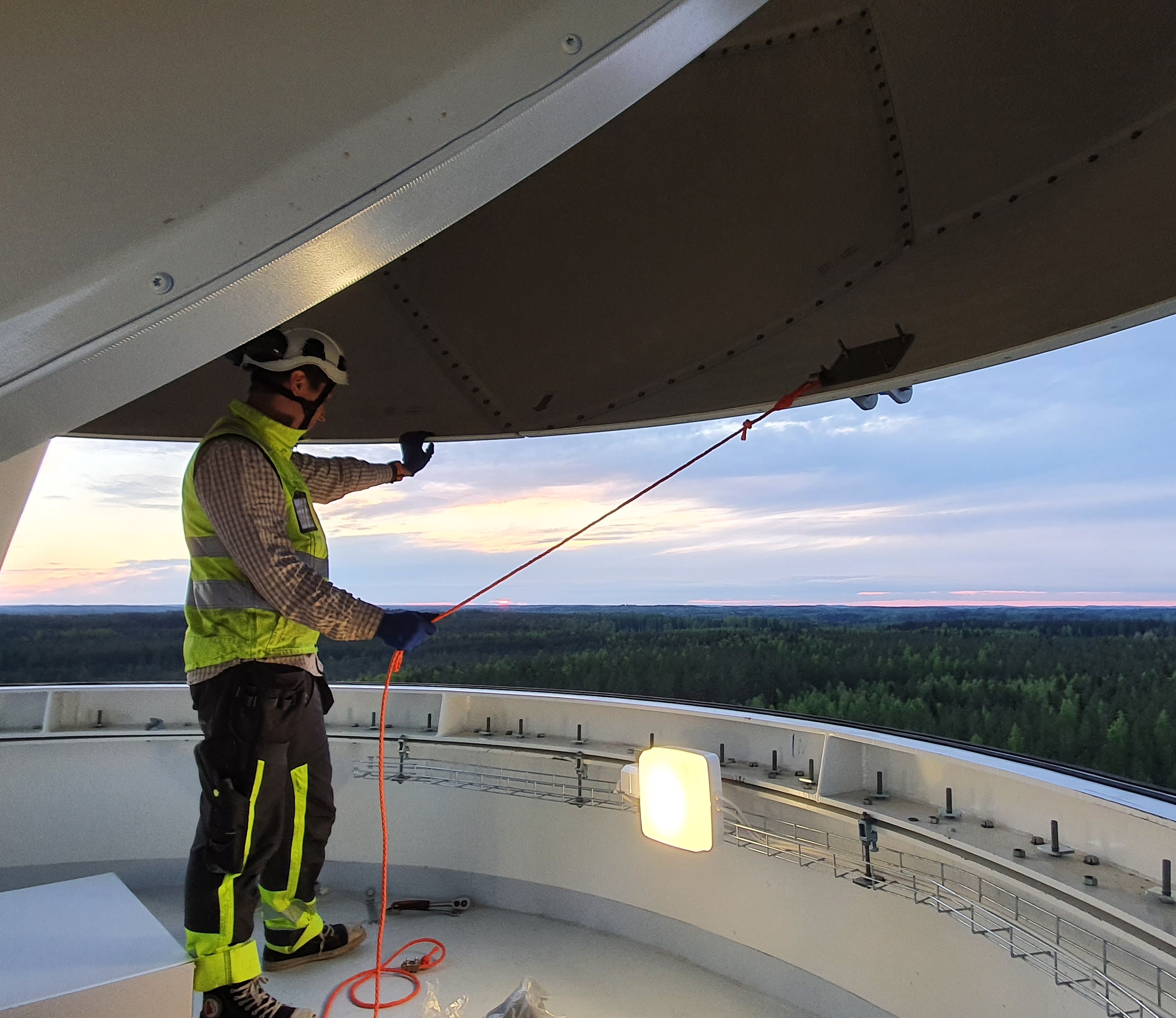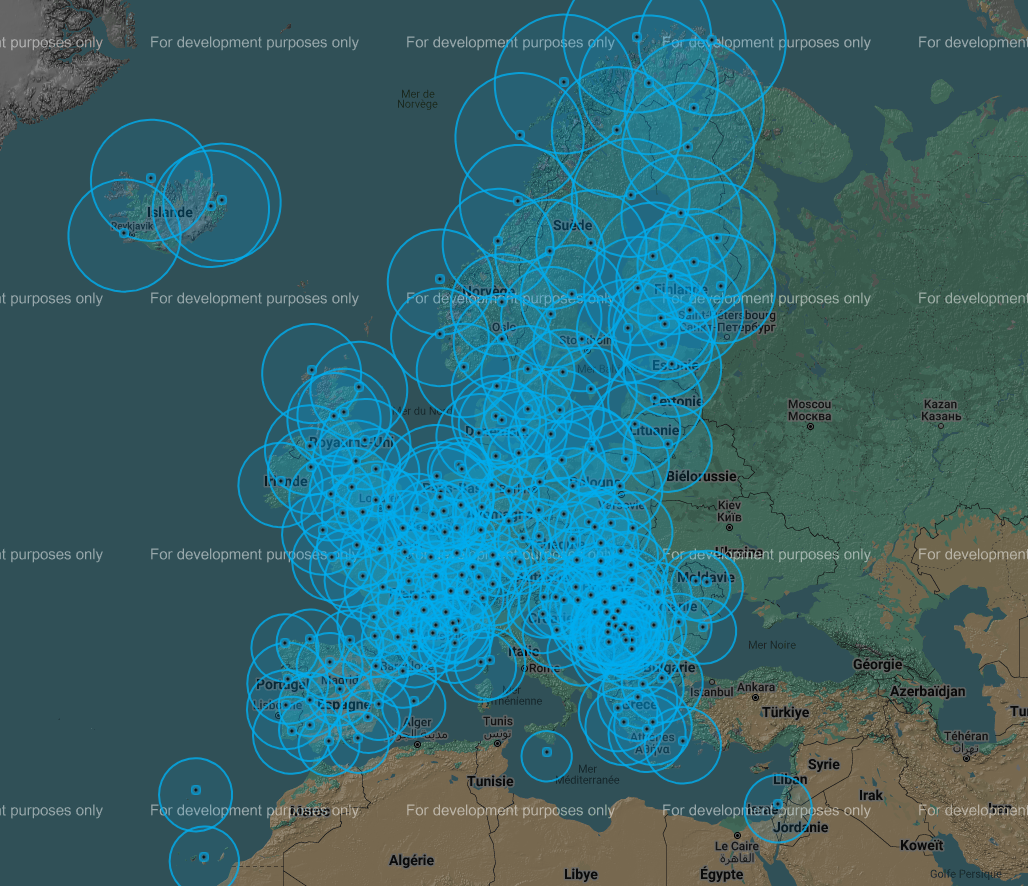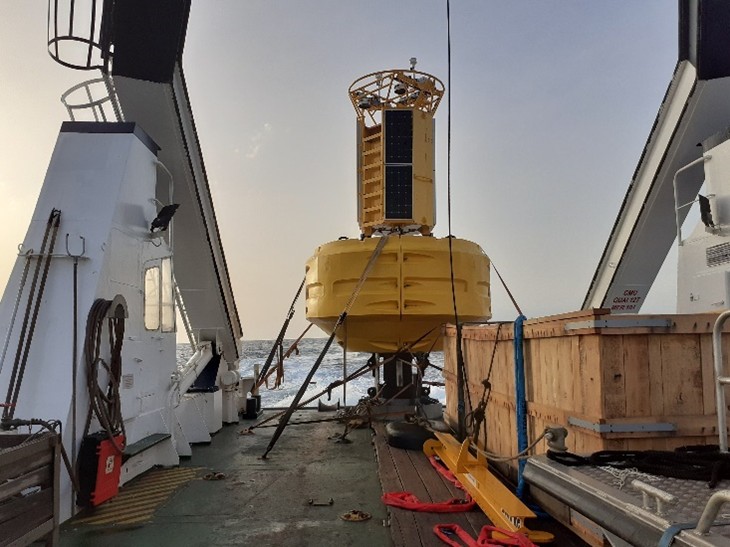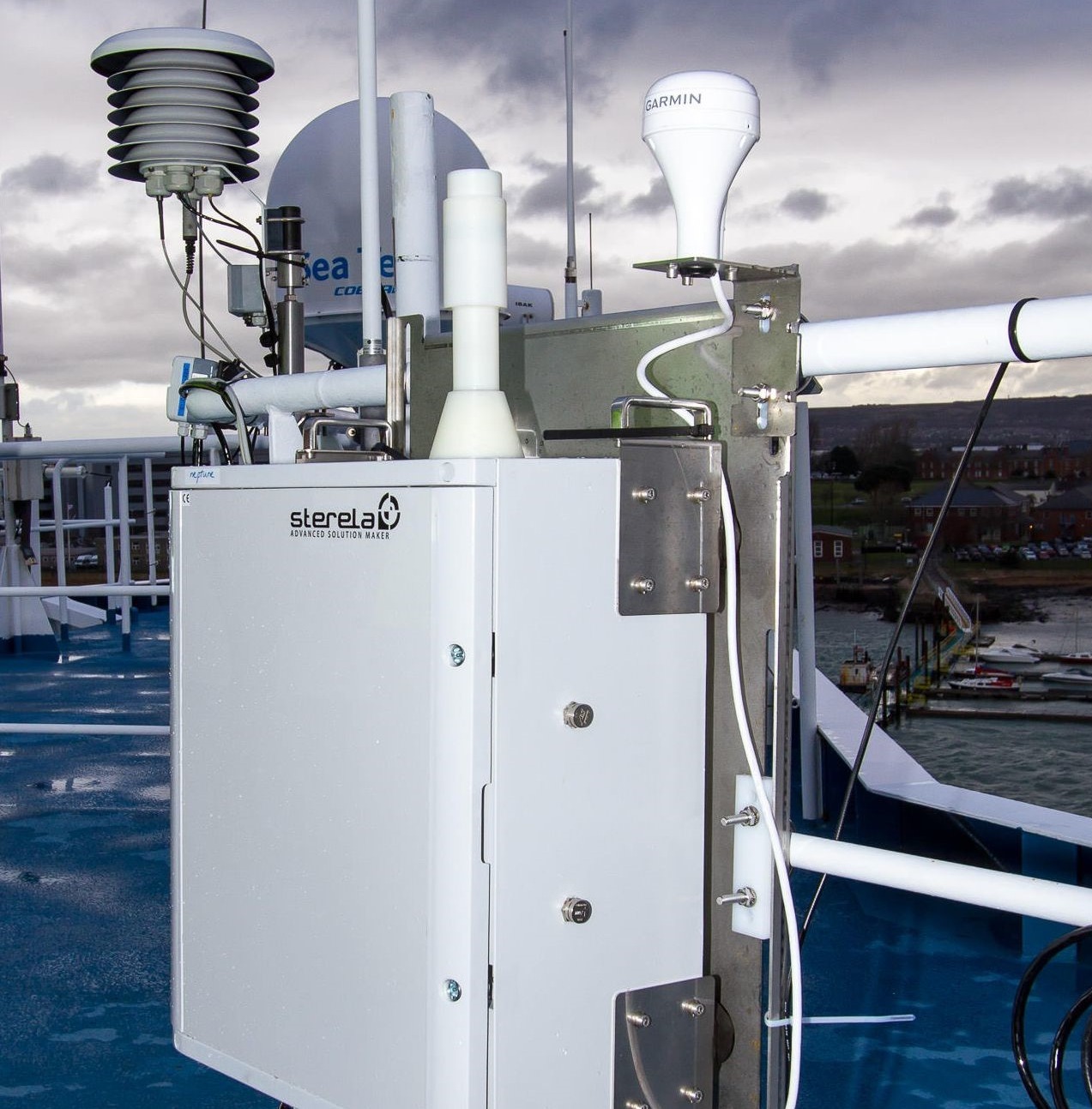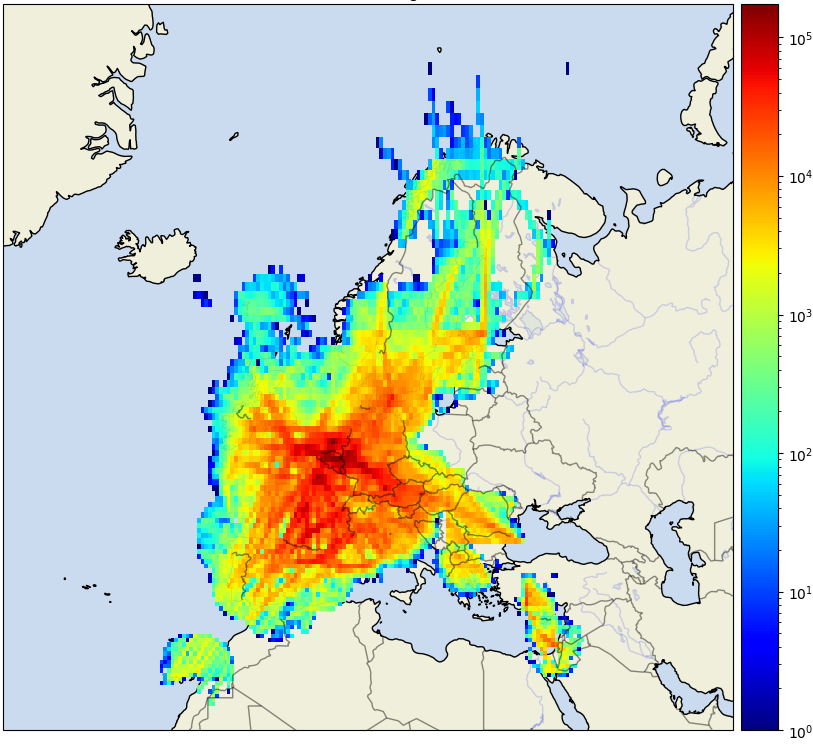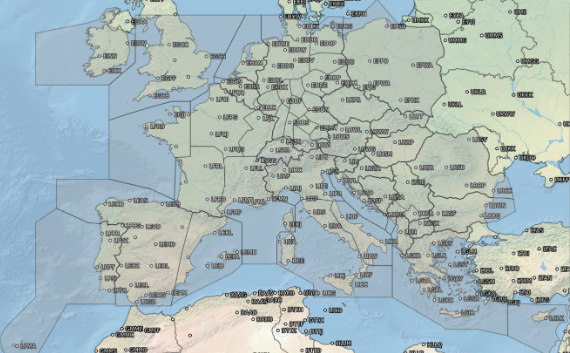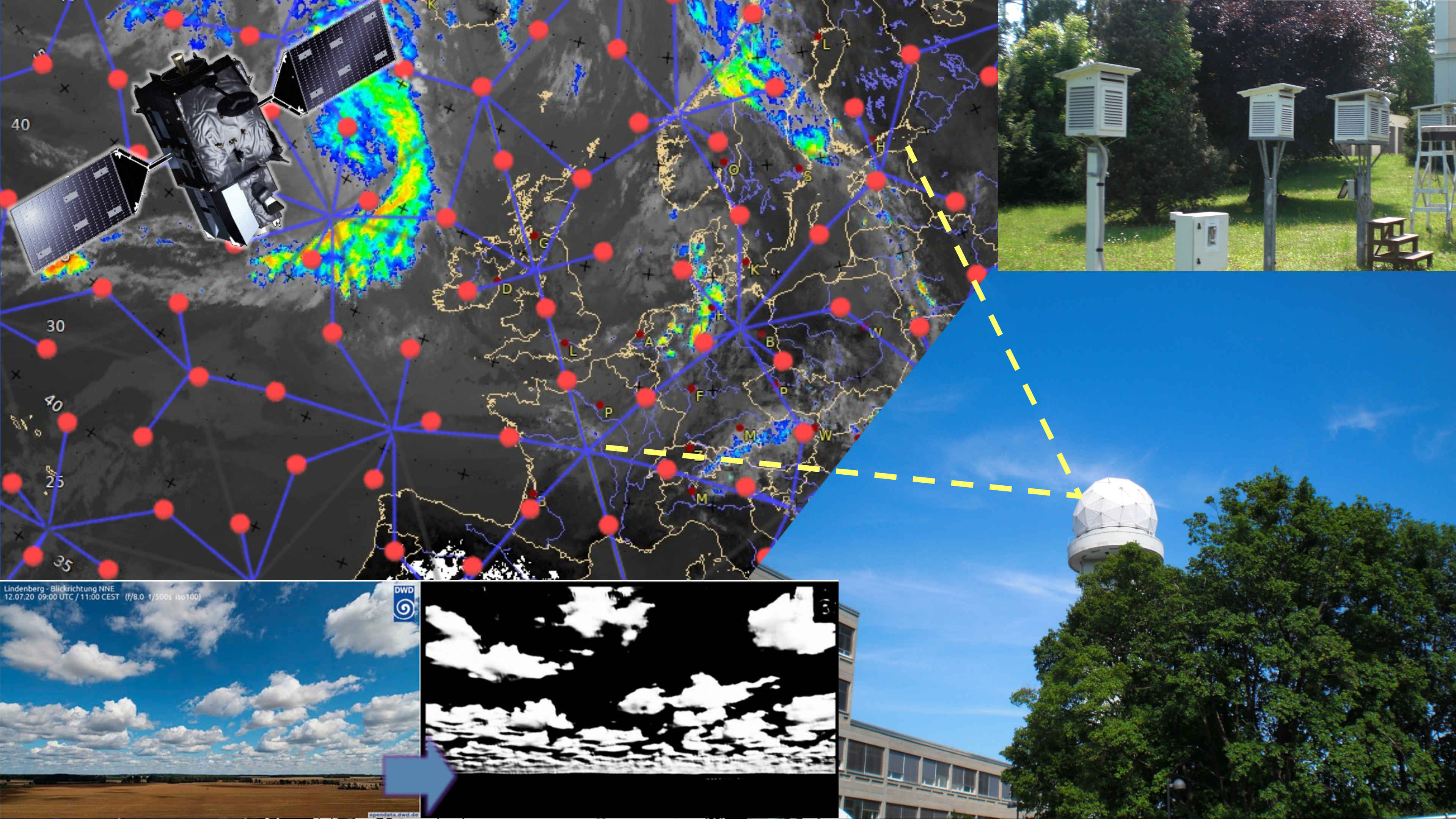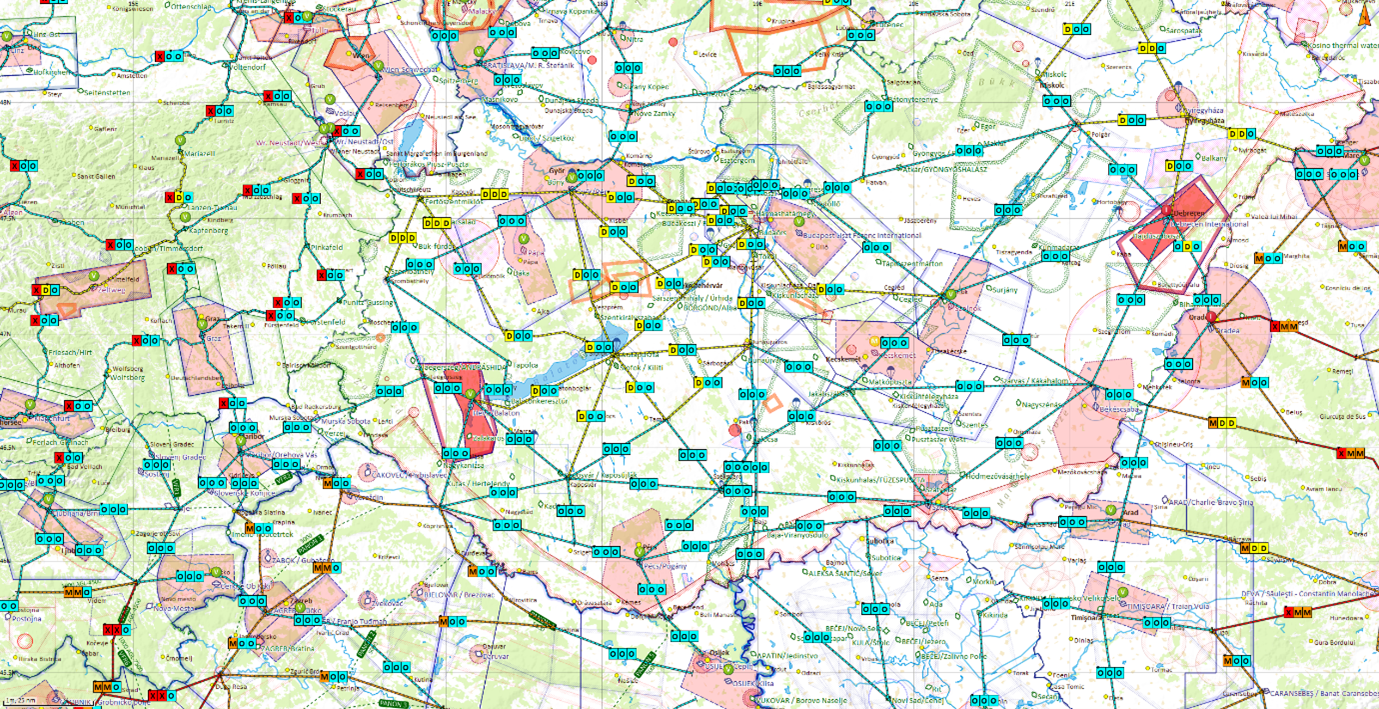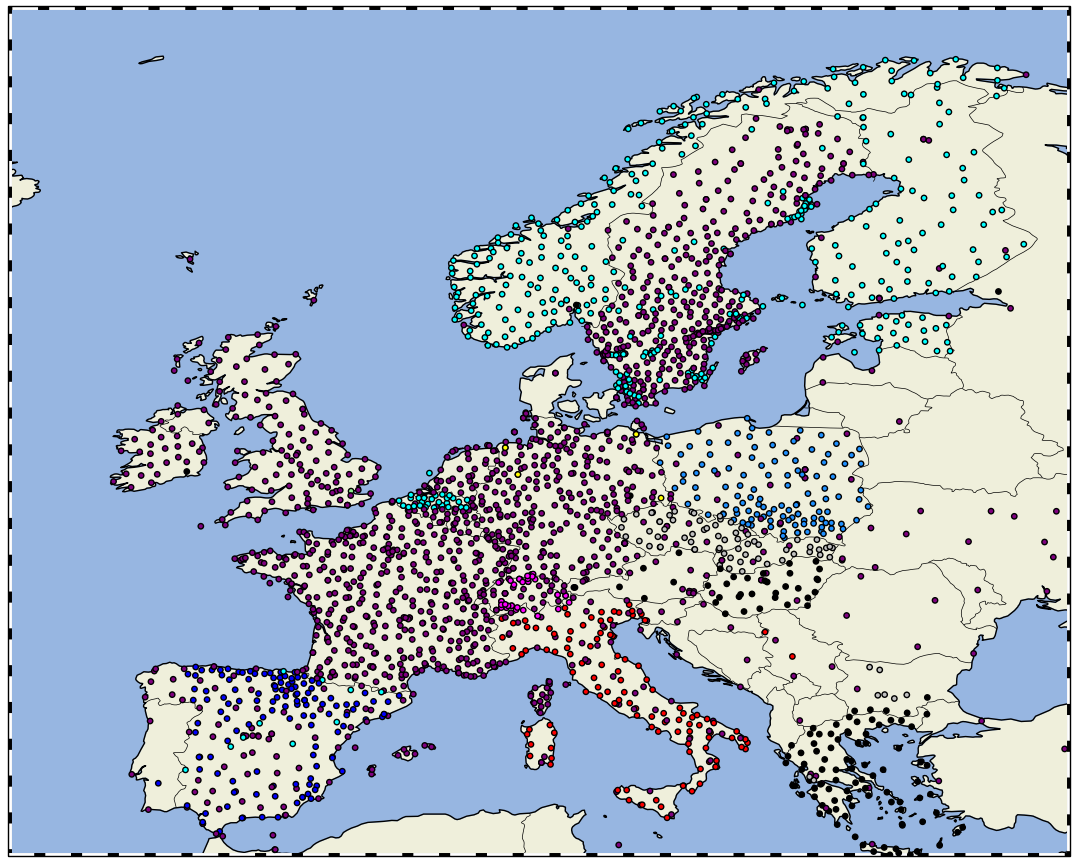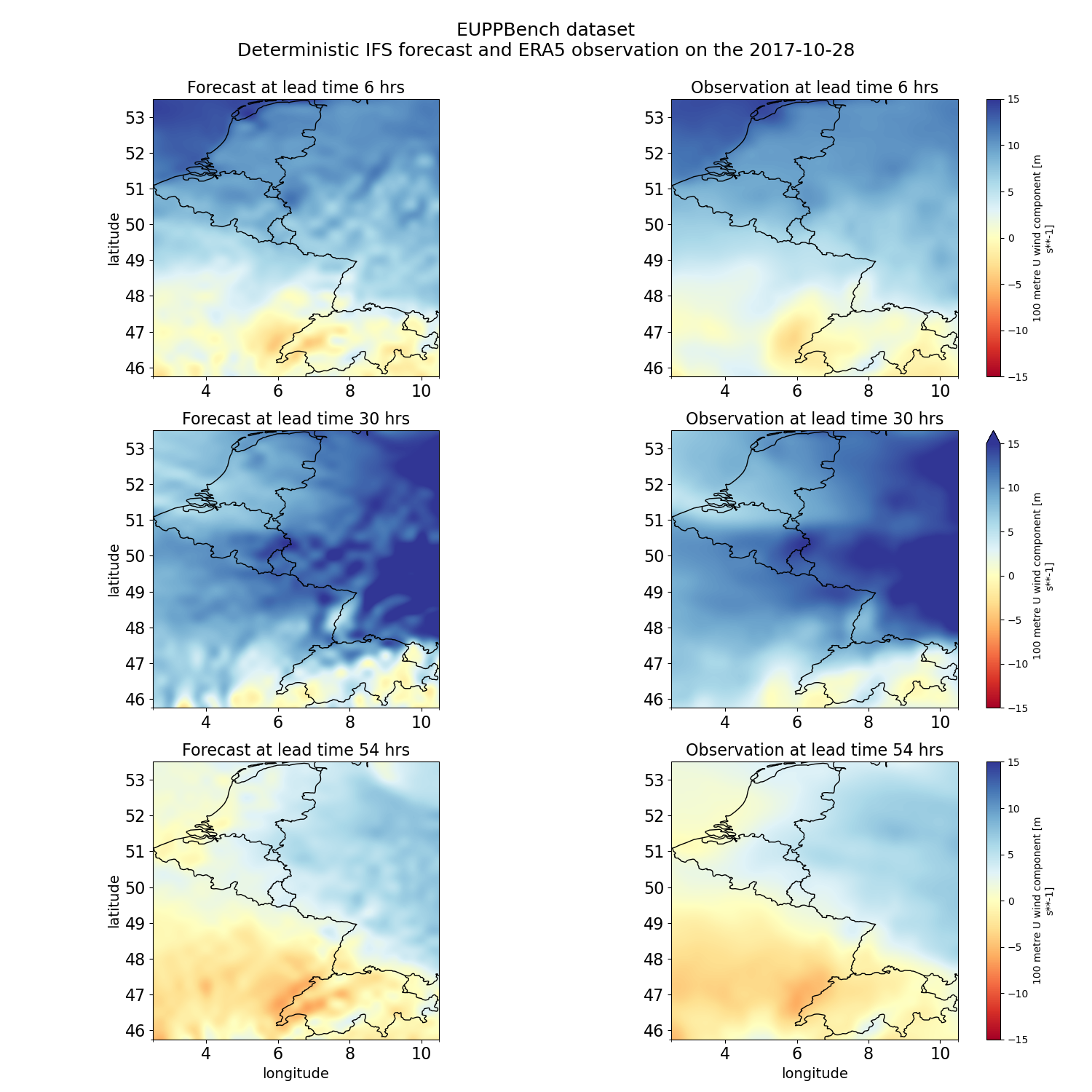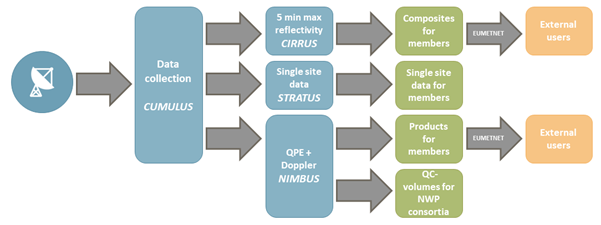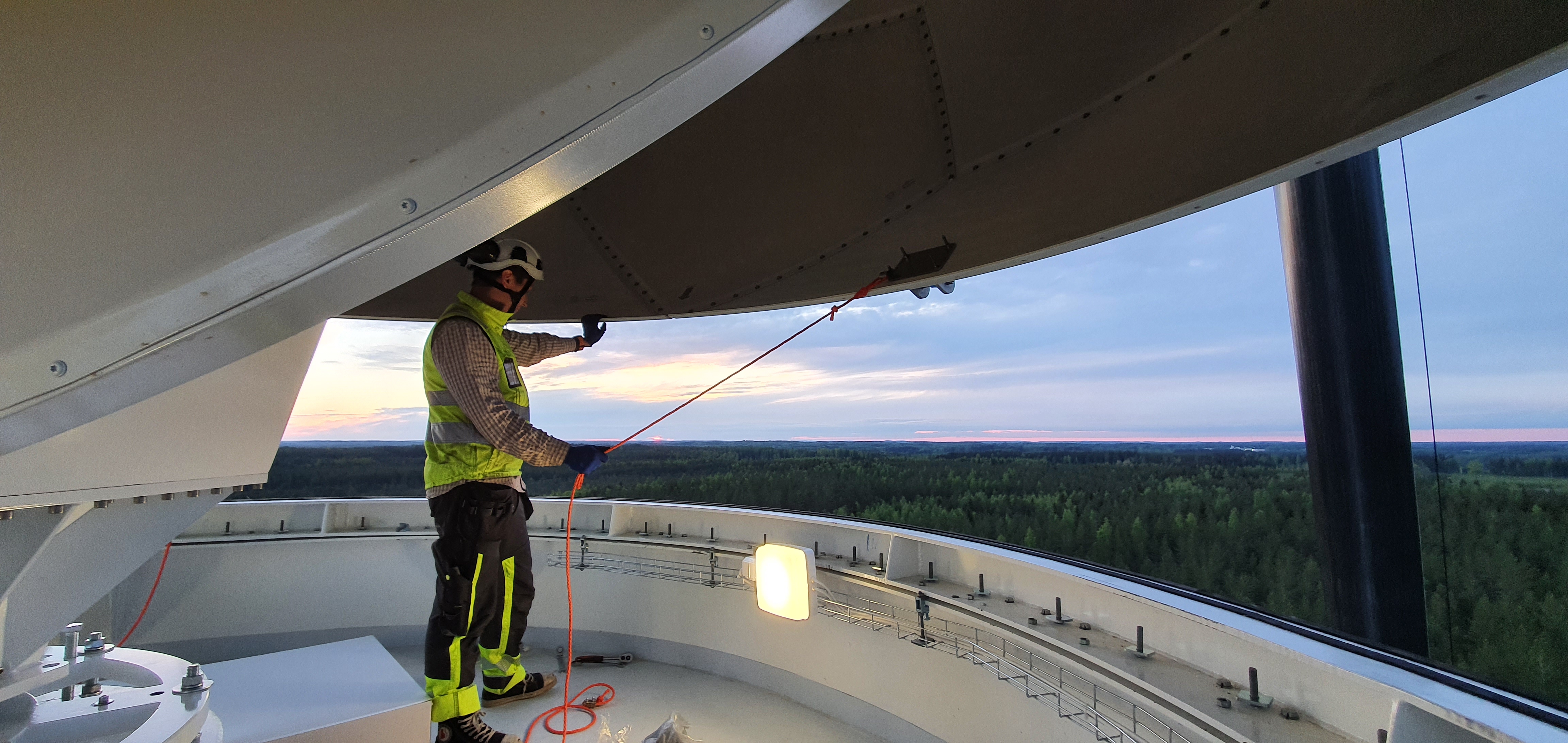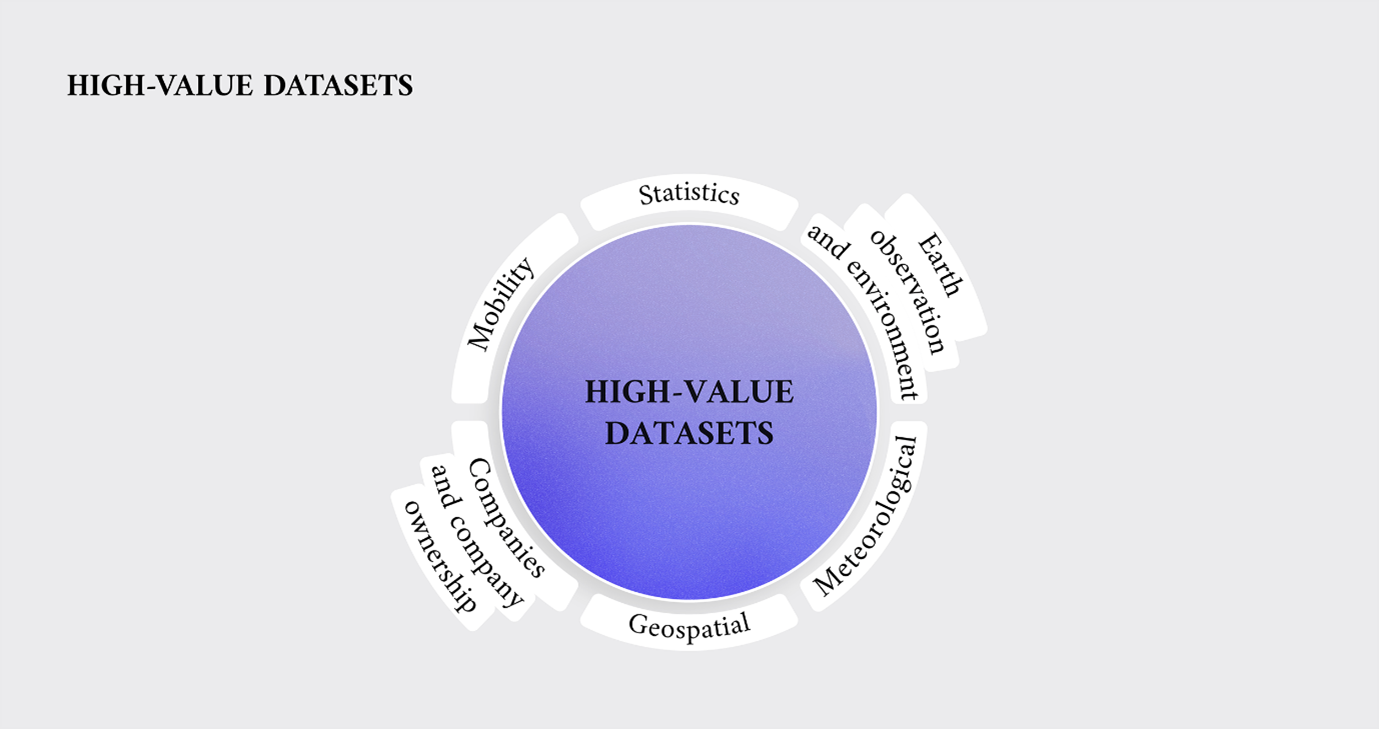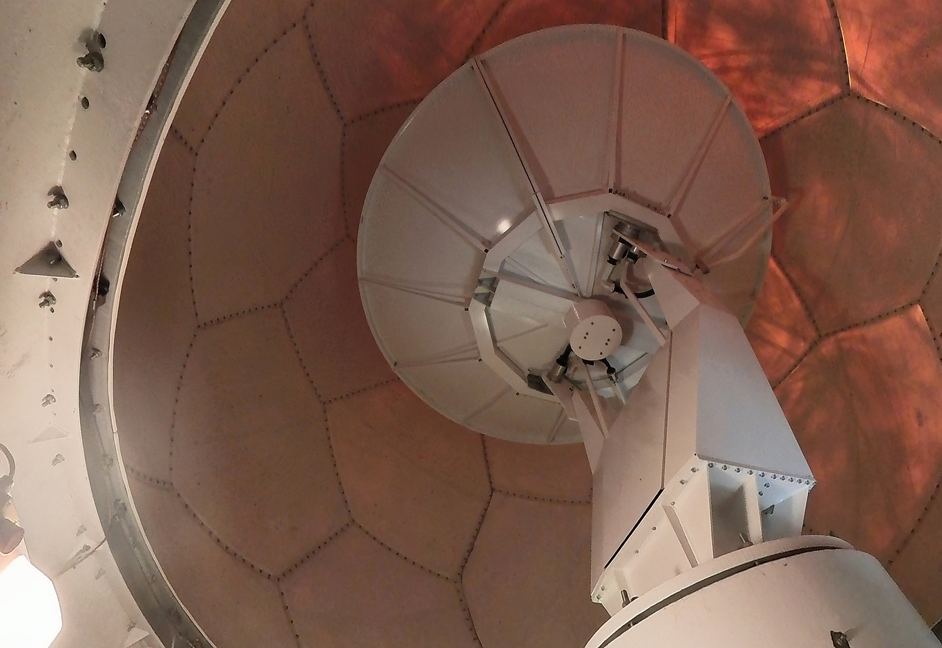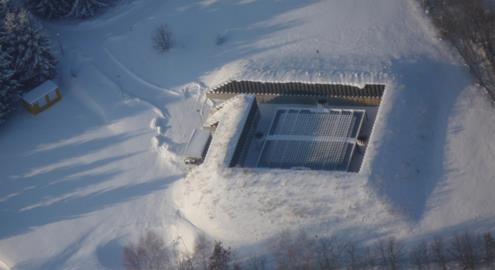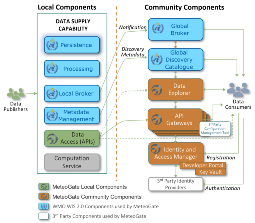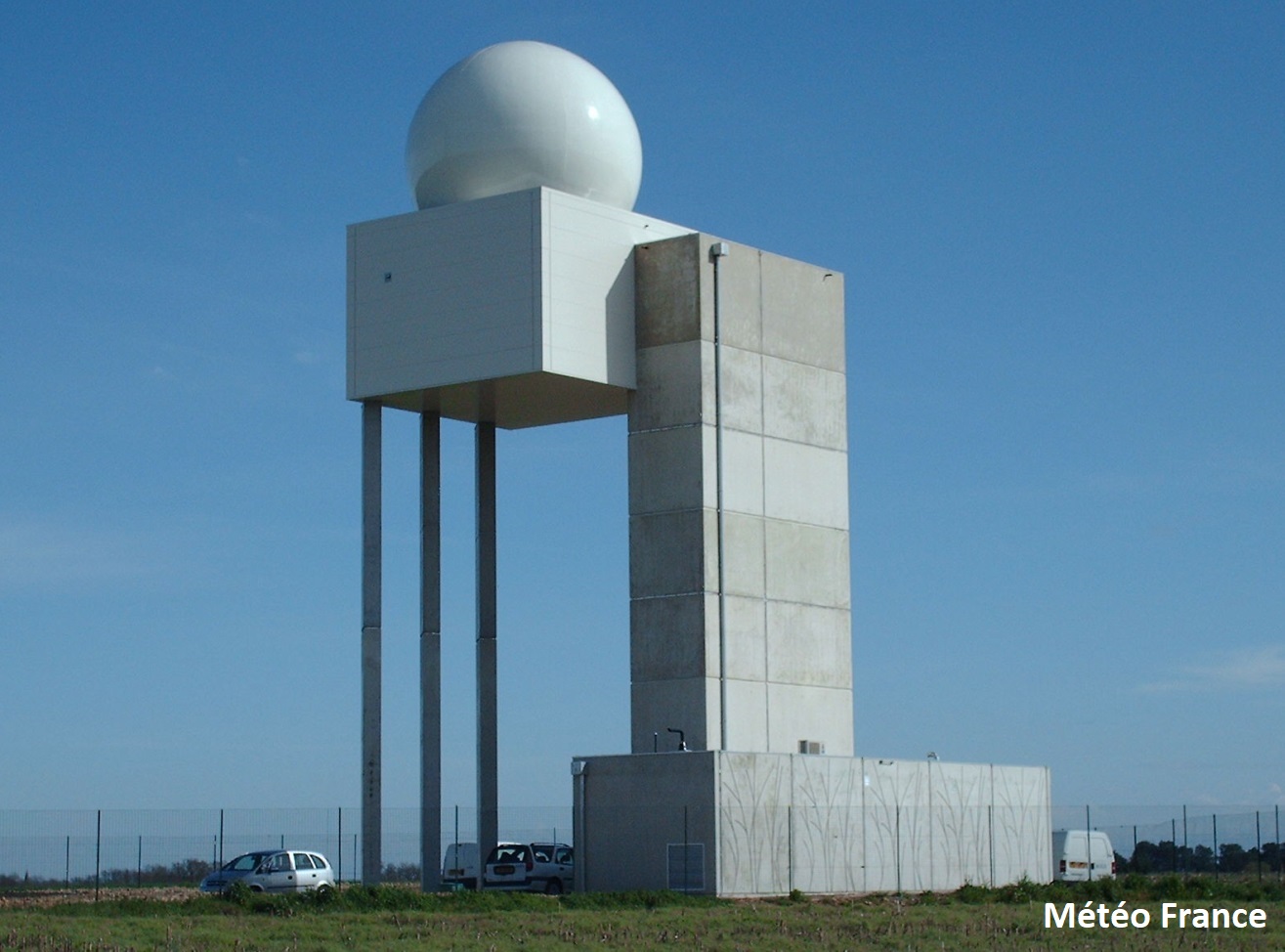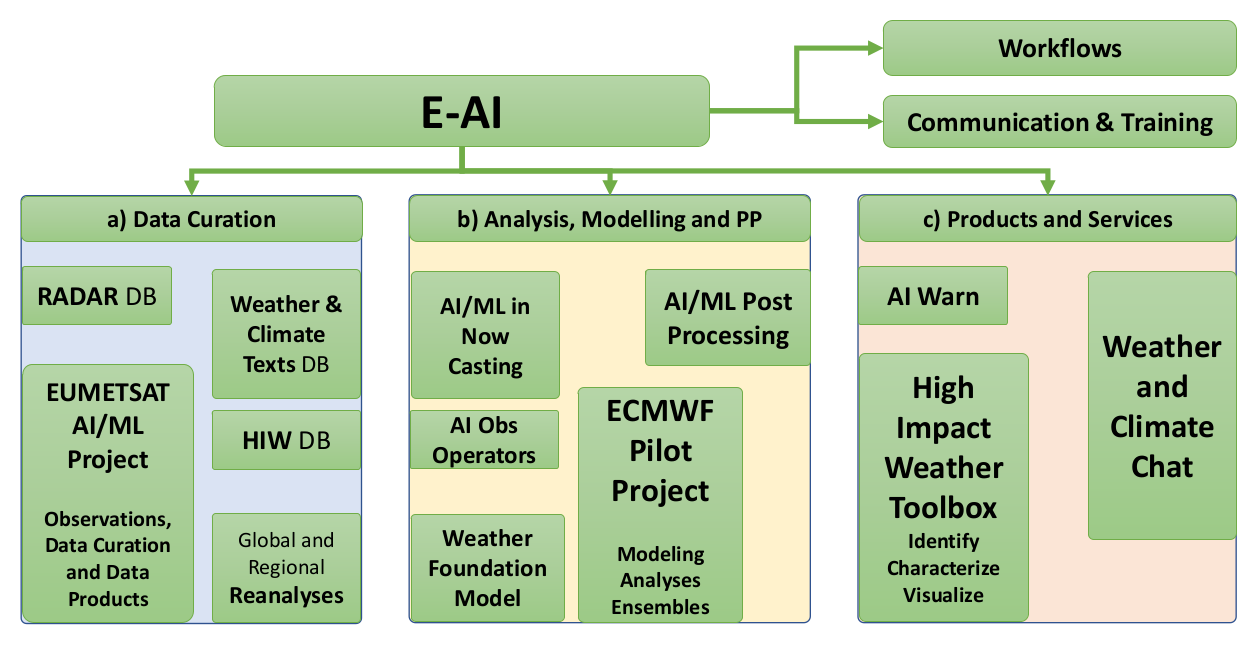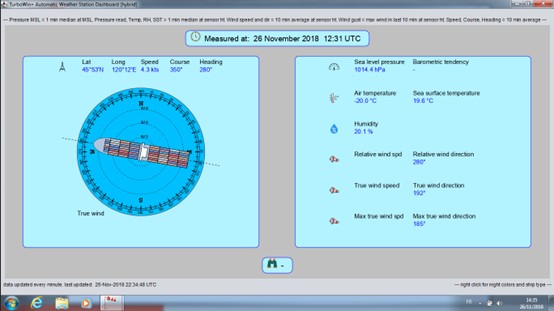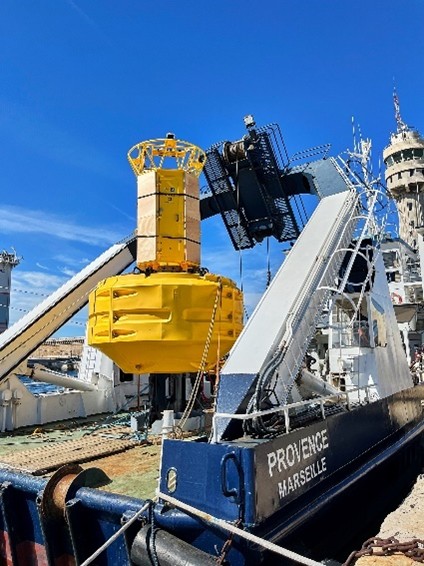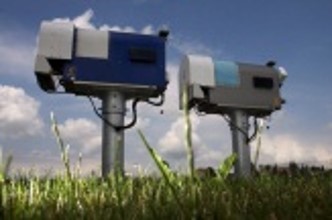Why do we need a weather radar network?
Weather radars are essential for accurate forecasting and for monitoring severe weather. Connecting individual radars, which are often operated by different national meteorological services, into a harmonised network provides real-time data that enables meteorologists to track storm systems, identify precipitation processes, and better predict weather patterns. This capability is crucial for issuing timely alerts, enhancing public safety and reducing economic losses during severe events such as storms and floods. Moreover, dense radar networks contribute to the accuracy of weather forecasts, helping various sectors—including agriculture, transportation, and emergency services—make informed decisions based on reliable weather information.
How does EUMETNET contribute to the European weather radar network?
The EUMETNET Operational Programme for the Exchange of Weather Radar Information (OPERA) focuses on two main goals: facilitating the exchange of expertise on weather radar issues and creating high-quality pan-European radar composite products.
For more than 20 years, OPERA has coordinated the exchange of operational weather radar data in Europe. Its central tasks include developing and managing a data hub that collects radar volume data, distributing quality-controlled data to Numerical Weather Prediction (NWP) modellers and other users, and producing quality-controlled radar products. OPERA also aims to enhance expertise and support EUMETNET members regarding weather radar technology and applications. OPERA collaborates strongly with the World Meteorological Organization (WMO) and the wider weather radar community to promote global knowledge exchange on weather radars.
One of OPERA’s significant achievements is the Pan-European radar composite, which combines data from more than 160 radars operated by European national meteorological services. The basic composite provides information on 2D maximum radar signal reflectivity. It is updated every 5 minutes and has a spatial resolution of 1 km, allowing users to view precipitation patterns across Europe in near real-time (see an example here). Additionally, OPERA produces composites showing the current rain rate and 1-hour precipitation accumulation across Europe. These are updated every 15 minutes and have a spatial resolution of 2 km.
Who’s leading this EUMETNET activity?
The OPERA programme is led by the National Meteorological Service (NMS) of Finland (FMI)
Programme manager: Dr. Annakaisa von Lerber (FMI)
The OPERA consortium includes representatives from:
The NMS of Denmark (DMI),the NMS of Germany (DWD), the NMS of Switzerland (MeteoSwiss), the NMS of Austria (GeoSphere Austria), the NMS of France (Météo-France), the NMS of Croatia (DHMZ), the NMS of Norway (MET Norway), the NMS of Belgium (RMIB), the NMS of the Netherlands (KNMI), the NMS of Slovakia (SHMU) and the NMS of Sweden(SMHI)
Email address: support.opera[at]eumetnet.eu.
Featured Images


